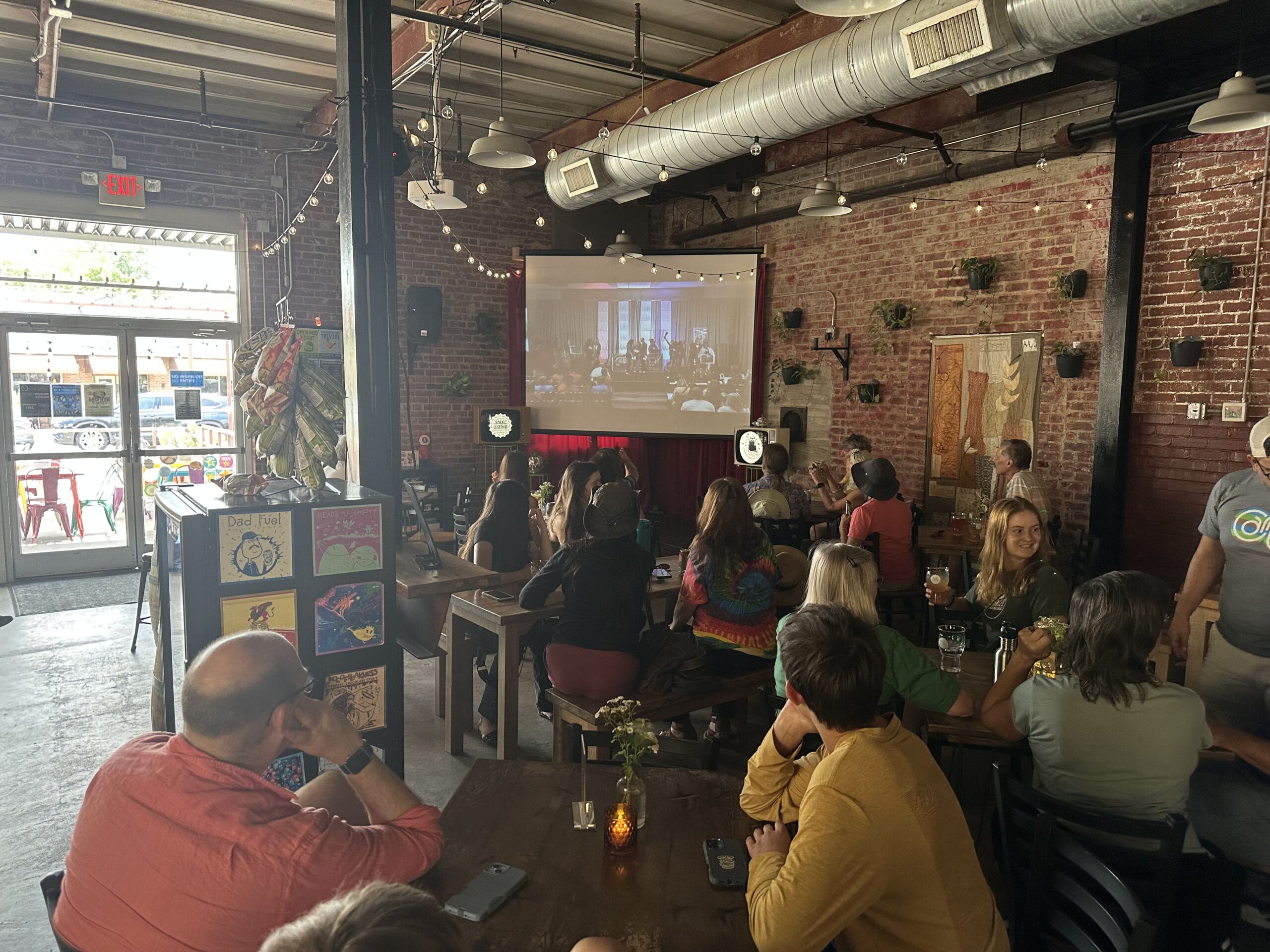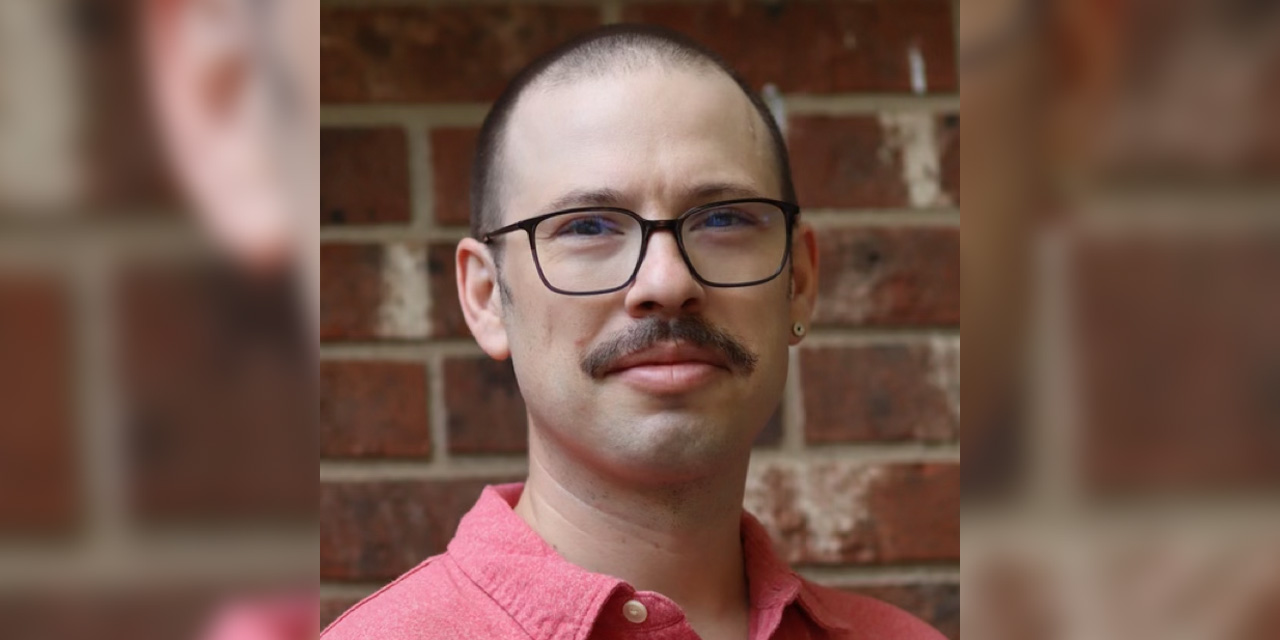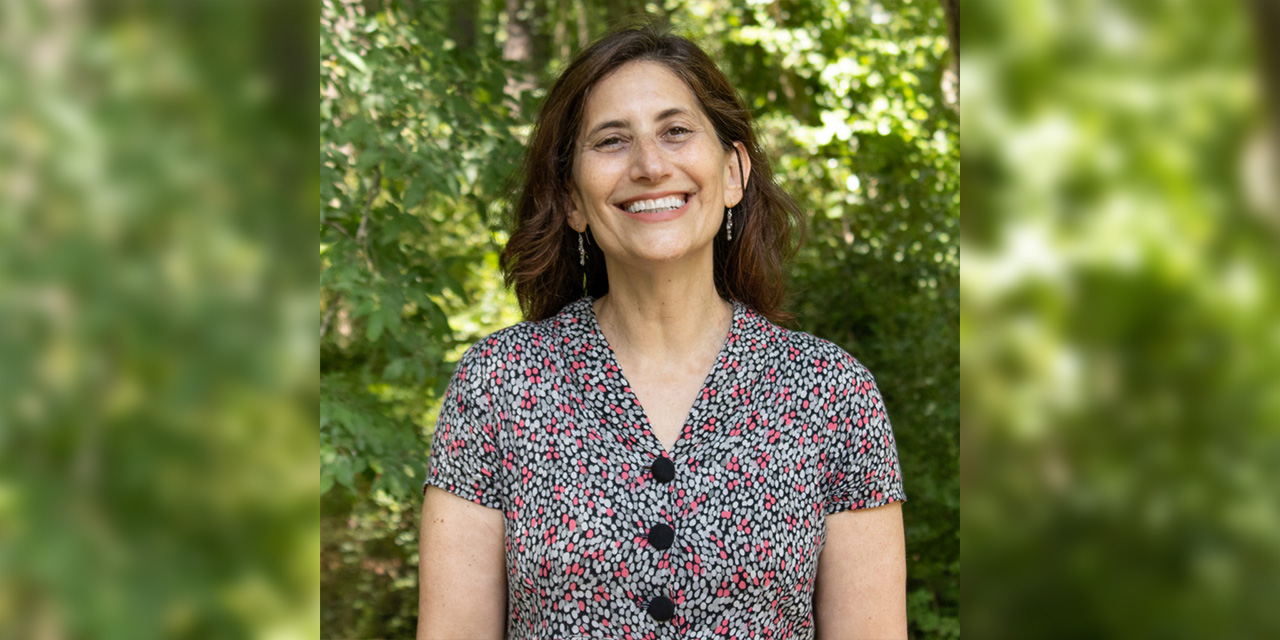A Carrboro-based non-profit group is celebrating a milestone this month, in its effort to fight a common birth defect around the world.
“Our partners have enrolled over 10,00 new children in treatment since we started operating,” said Chesca Colloredo-Mansfeld, “which means that the lives of 10,000 children around the world are going to be dramatically transformed, and have been dramatically transformed by the fact that they’re able to get treatment for clubfoot.”
Colloredo-Mansfeld is the director of miraclefeet, a non-profit organization dedicated to eradicating clubfoot in the developing world.
About five years ago, the organization began its first international partnership in São Paulo, Brazil. Today, miraclefeet helps families in 13 countries.
Clubfoot is a common defect that occurs in around one out of every 1,000 births, and affects twice as many males as females. Like cleft palate, its cause is unknown, although there is likely a genetic component.
“If you’re born with clubfoot, your feet point inwards and upwards,” said Colloredo-Mansfeld, “which means that, left untreated, you can’t walk properly. And in most places, if you can’t walk properly, you can’t get to school.”
In some cultures, where birth defects are superstitiously considered a curse the devastating effects for kids with clubfoot go way beyond physical disability and pain.
“They tend to be stigmatized,” said Colloredo-Mansfeld. “As a result, a lot of these kids get hidden away and pushed to the back of the hut. They don’t get fed properly because they don’t matter as much.”
Many kids with clubfoot around the world end up on the street, begging for food and money.
Miraclefeet seeks to prevent such tragedies. The treatment used by miraclefeet is known as the Ponseti method, named for its creator, Dr. Ignacio Ponseti.
“It’s a non –surgical treatment,” said Colloredo-Mansfeld. “The tendons and ligaments are gently manipulated by the doctor, and then the child is put into a Plaster-of-Paris cast. This cast stays on for one week, and usually the foot moves about 10-to-15 degrees in that one week.”
That process is repeated about three-to-five times until the condition is corrected. In most cases, there is one surgery involved. The Achilles tendon is lengthened in an outpatient procedure.
The children must also wear a foot brace at night while sleeping, until around age 5, to ensure their feet remain straight. In some cases, children have been treated up to the age of 12, and Colloredo-Mansfeld reports that even some adults with clubfoot have received help.
Colloredo-Mansfeld said the cost is about $250 to treat each child, and the funding comes from donations. If you’d like to help, you can donate on the organization’s website, miraclefeet.org.
Related Stories
‹

Carrboro Residents View 'All-America City' Presentation Live At Steel String BreweryCarrboro residents watched live as representatives delivered a presentation on the strengths of the town at the Denver competition.

After 2024 Special Election, Cristóbal Palmer Prepares for Another Carrboro Council CampaignCristóbal Palmer announced his plans to file for election to a full-term on the Carrboro Town Council after serving on it for seven months.
![]()
Carrboro: Barbara Foushee From Denver For the All America City AwardsCarrboro Mayor Barbara Foushee spoke with 97.9 The Hill's Andrew Stuckey on Friday, June 27, discussing town news and events. She was in Denver with other representatives from Carrboro, preparing for the town's presentation to a panel of judges for the "All America City Award" from the National Civic League, interacting with other cities up for the award, and more. She also discussed upcoming 4th of July festivities in Carrboro, and more.

New For-Sale Carrboro Condo Project Celebrates 'Going Vertical' with ConstructionConstruction is underway at Carrboro’s South Green shopping center for the South Green Flats – a project aiming to fill a housing inventory gap and the first condominium project in the community in 15 years.
![]()
Carrboro: Juneteenth Celebration, Downtown Area Plan, All-America City AwardsCarrboro Mayor Barbara Foushee spoke with 97.9 The Hill's Andrew Stuckey on Friday, June 20, discussing town news and events. She talked about the combined Juneteenth celebration with Chapel Hill, which was at Carrboro Town Commons on Thursday. She also discussed a report from town staff on the Downtown Area Plan, which could include turning Weaver Street into a pedestrian mall. She discussed approval of a residential building on North Greensboro St., prepping for the All-America City Awards presentation in Denver, and more.

PHOTOS: 'No Kings' Rallies in Orange County, Durham Draw ThousandsJoining in with "No Kings" rallies across the country on Saturday, many Orange and Durham County community members took part in local protests.

Chapel Hill And Carrboro Hold 'No Kings' Protest, Joining Communities NationwideOn Saturday, June 14, hundreds of Chapel Hill and Carrboro residents held their very own “No Kings” protest against the Trump administration.
![]()
Carrboro: Pride Month, Juneteenth, The Drakeford EffectCarrboro Mayor Barbara Foushee spoke with 97.9 The Hill's Andrew Stuckey on Friday, June 13, discussing town news and events. She discussed some upcoming weekend evens, including the Pride Piper Walk, as part of Pride Month celebrations. She also talked about upcoming Juneteenth celebrations in the community. She discussed the downtown area of Carrboro, updating potential development on a couple of highly visible parcels and discussing the effect of the Drakeford Library Complex on downtown, and more.

Moving to Carrboro, Karen Stegman to Leave Chapel Hill Town Council EarlyChapel Hill Town Council member Karen Stegman will step down from her seat on June 27, a few months before her term expires.
![]()
Carrboro: Positives from the Town Budget, Weekend Events, and MoreCarrboro Mayor Barbara Foushee spoke with 97.9 The Hill's Andrew Stuckey on Friday, June 6, discussing town news and events. She discussed the budget for the upcoming fiscal year, which was passed by the council earlier this week. She talked about what she like in the budget, and why it is the right budget for Carrboro right now. She also talked about weekend events and more.
›








Comments on Chapelboro are moderated according to our Community Guidelines